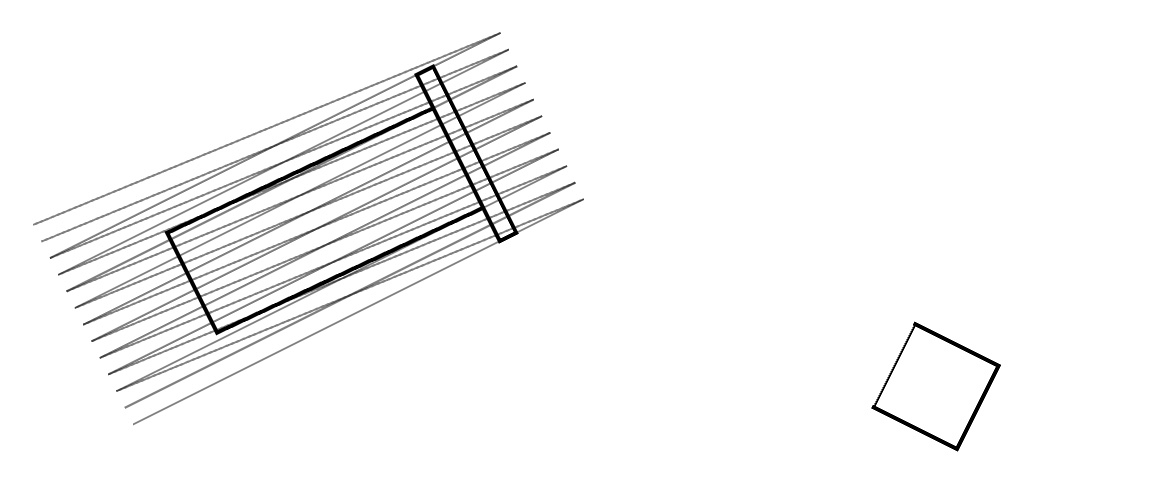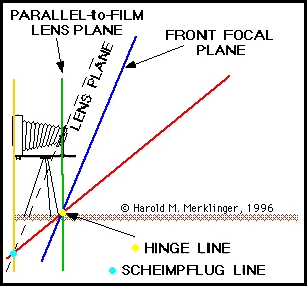Ho hum. I simply stated two completely factually correct sentences.
I’ve probably done more tilted and swung focus stacks than anyone on the planet.
If you start with a requirement to tilt and swing your focal plane, you are doing that for a reason - typically because you want to align the focal plane with a surface that you want to get in focus that is not parallel to the sensor plane, and, the depth of the object whose surface you want to align your plane of focus with is deeper than the depth of field you get from a single shot.
The subject being shot might be something like a cereal packet, a perfume bottle, a computer, phone, or indeed anything in a box really, or a watch - typically the requirement to tilt and swing
and focus stack will arise when you have an object offset to the plane of the sensor that has a relatively large surface area on two dimensions (let’s call them X and Y) to its depth on the third dimension (let’s call it Z).
The rationale for wanting to tilt and swing and focus stack will be to get the entirety of your subject in focus, but have focus fall off as you move away from the plane of focus up and down the Z axis. You do NOT want to simply “cover a big region with sharp focus”. If this was your aim, then why bother with the lens movements in the first place? Simply shoot the whole scene without any movements and just do a stack down the axis perpendicular to the sensor. It is simpler, faster, and easier to not bother with the movements.
And why would I want to focus stack along an axis perpendicular to the lens plane (your bolded comment)? Can you provide a practical example where this would be of benefit?
It’s all very well drawing pretty diagrams, but the practical applications for needing to do what was asked in first post are actually few and far between. If you want your subject in focus, and have the focus fall off down the subject’s Z axis satisfactorily, then you will need to adjust your lens movements as you stack. If you don’t want this, and just want to “cover a big region with sharp focus”, why bother stacking with lens movements in the first place?







